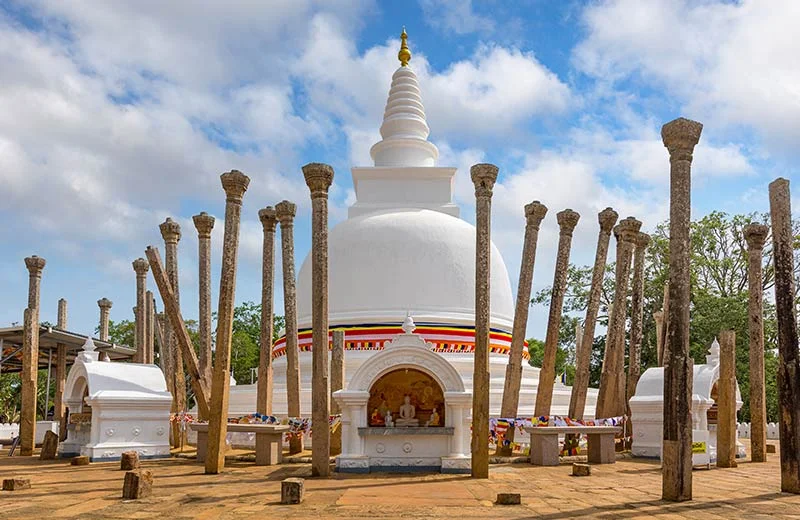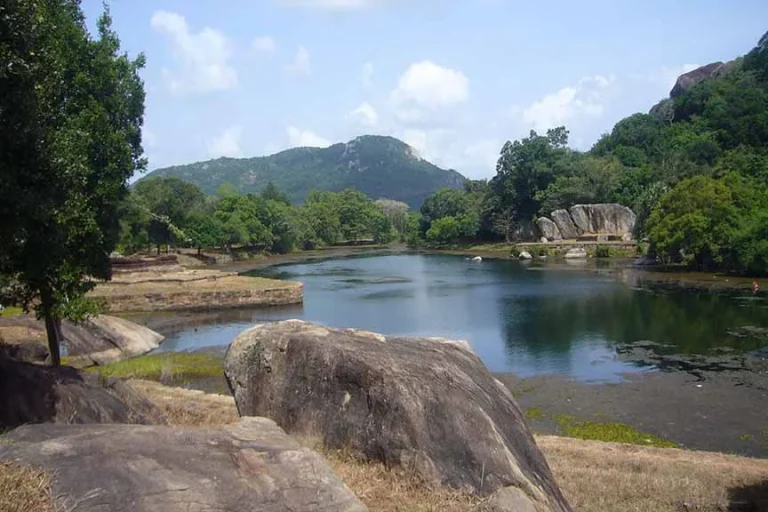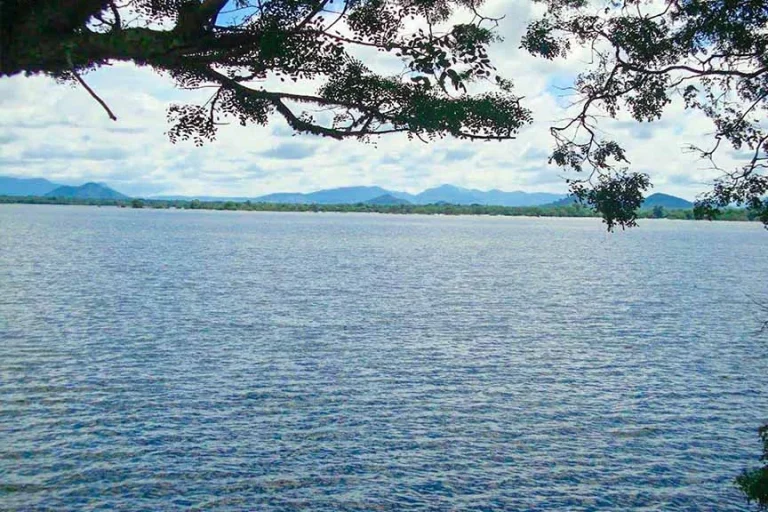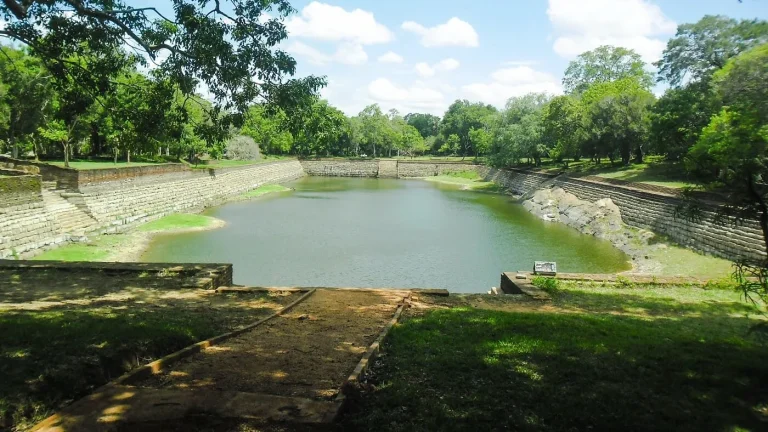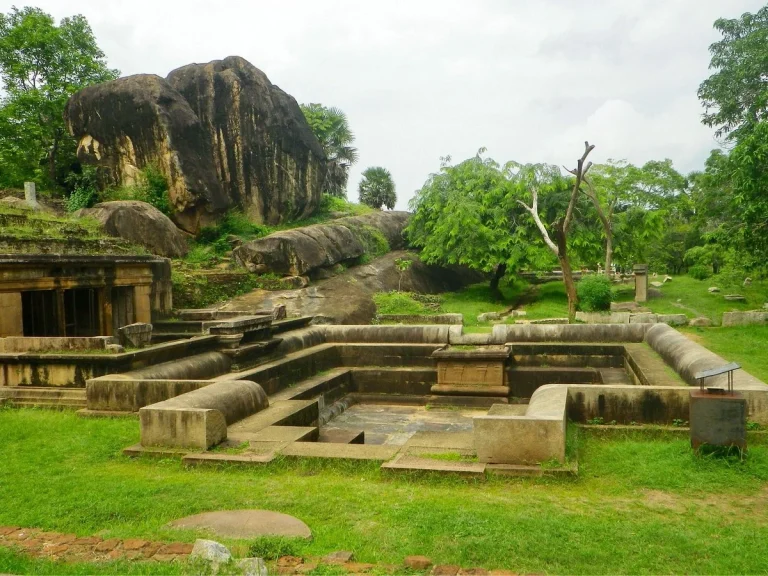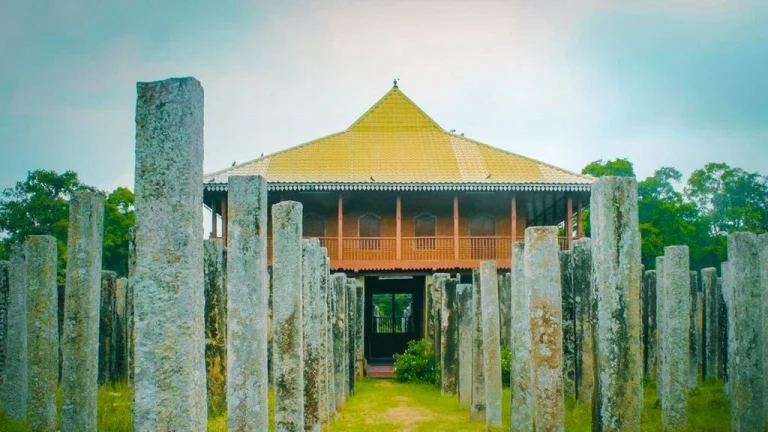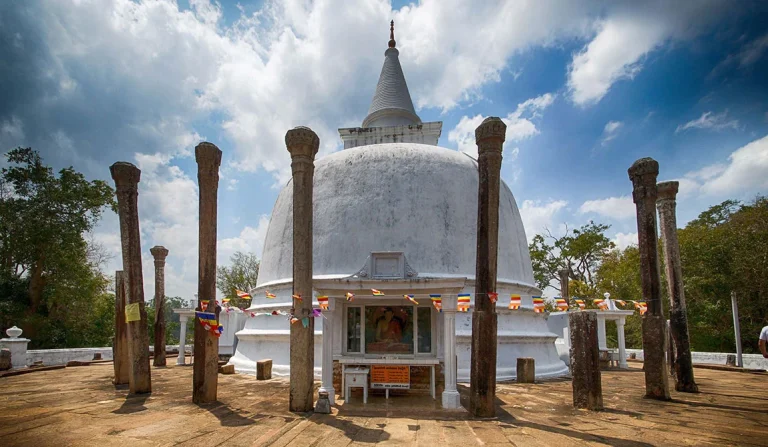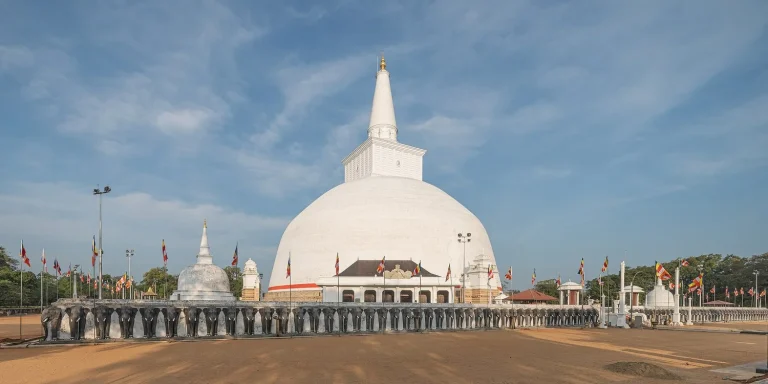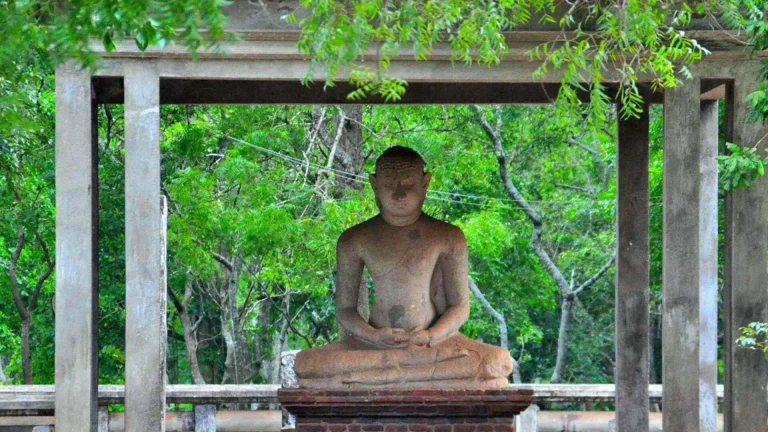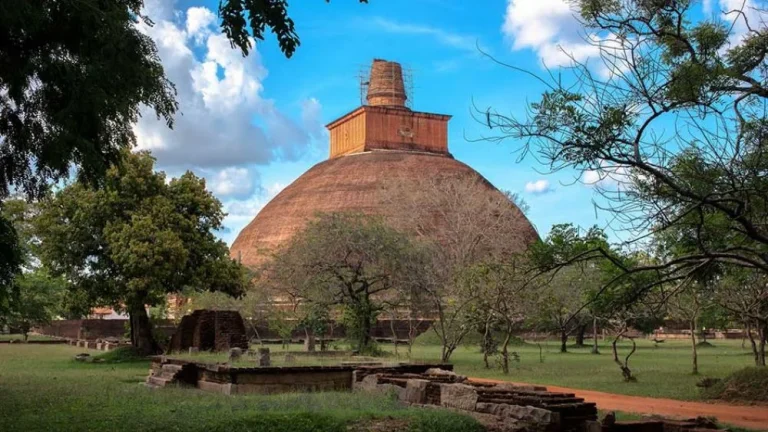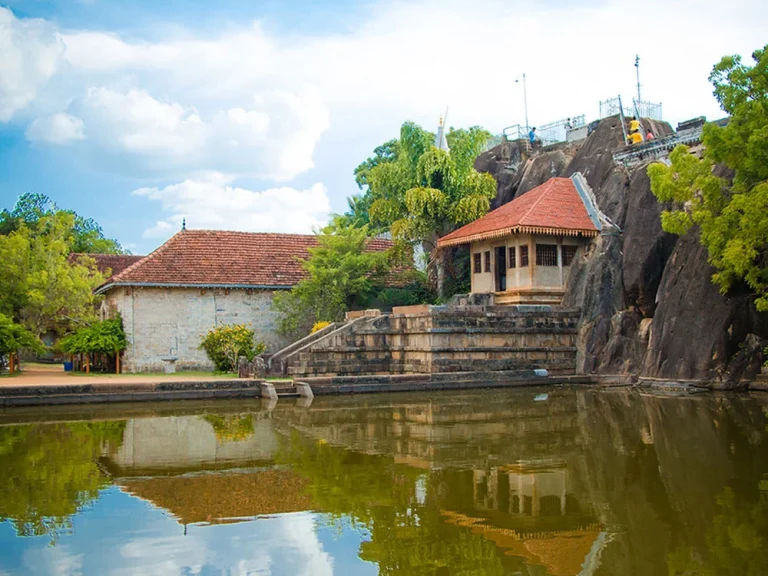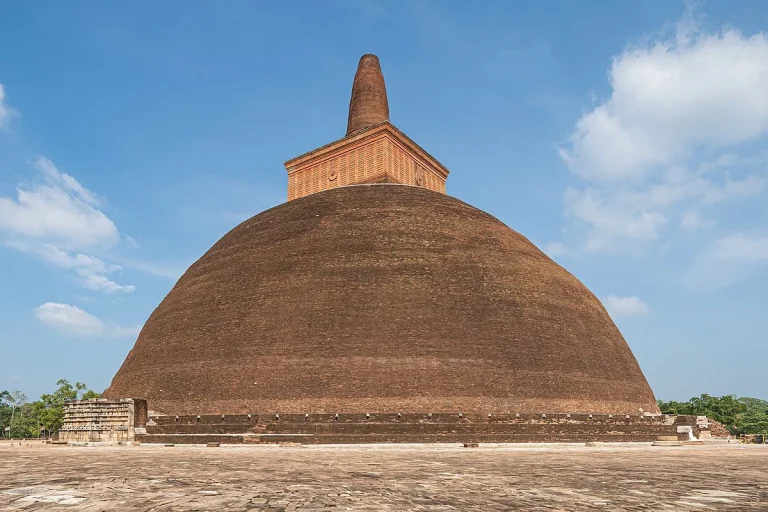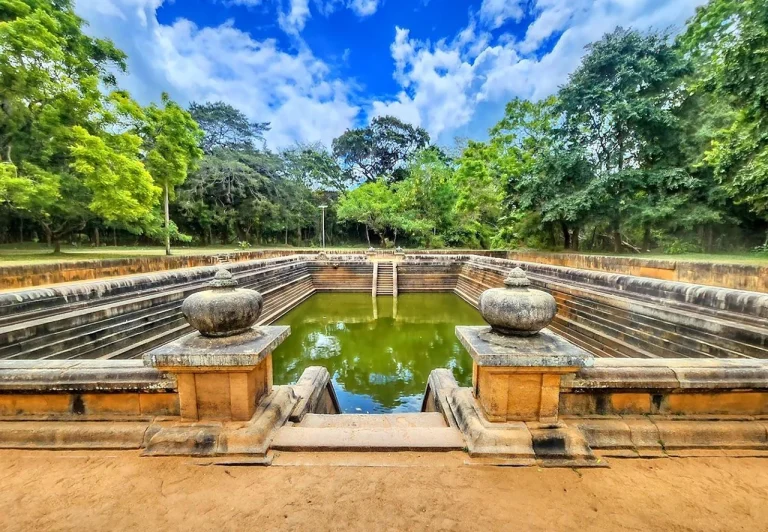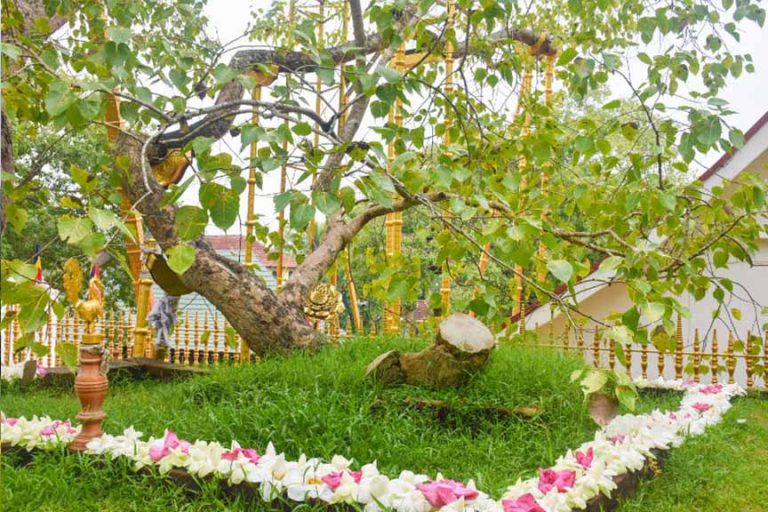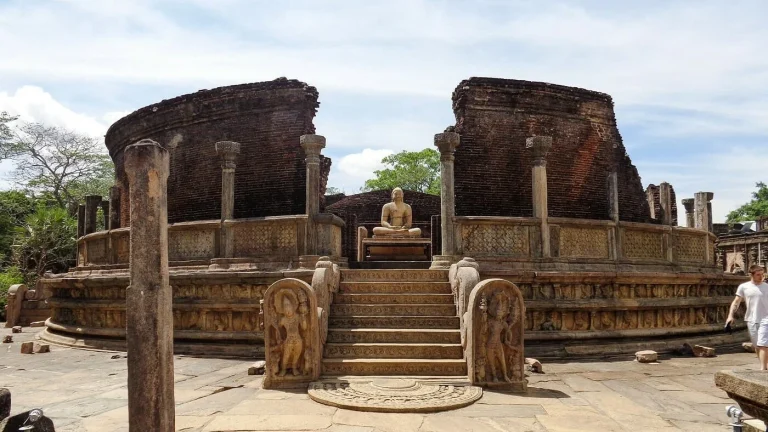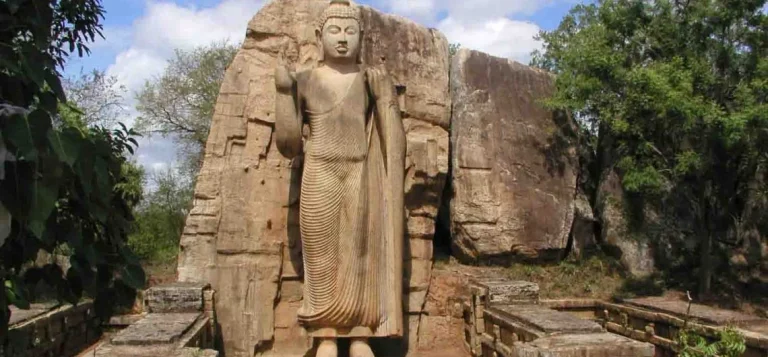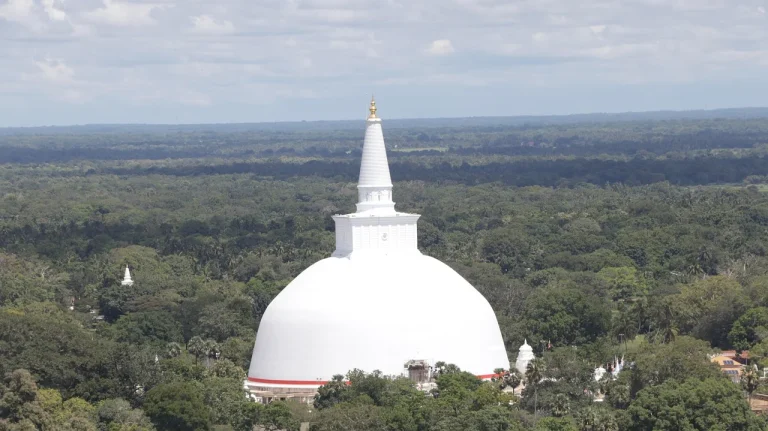All Provinces
Thuparamaya, Anuradhapura: A Journey Through Sri Lanka’s Oldest Stupa
Thuparamaya in Anuradhapura, Sri Lanka, is a sacred site that holds a significant place in the country’s Buddhist history. As the first stupa to be built in Sri Lanka after the introduction of Buddhism, Thuparamaya is not only an architectural marvel but also a spiritual hub for pilgrims and tourists alike. Located in the heart of Anuradhapura, a UNESCO World Heritage Site, this ancient monument offers a glimpse into the country’s rich cultural heritage and religious history.
History of Thuparamaya
Thuparamaya was constructed in the 3rd century BC by King Devanampiya Tissa, following the introduction of Buddhism to Sri Lanka by Mahinda Thero, the son of the Indian Emperor Ashoka. The stupa was built to enshrine the sacred collarbone relic of Lord Buddha, making it one of the most venerated sites in Sri Lanka.
Over centuries, the stupa underwent several renovations and restorations, particularly during the reign of King Agbo II (6th century AD), who restored its original shape. The current bell-shaped structure you see today is a result of these efforts, preserving the essence of ancient Sri Lankan architecture while embracing modern restoration techniques.
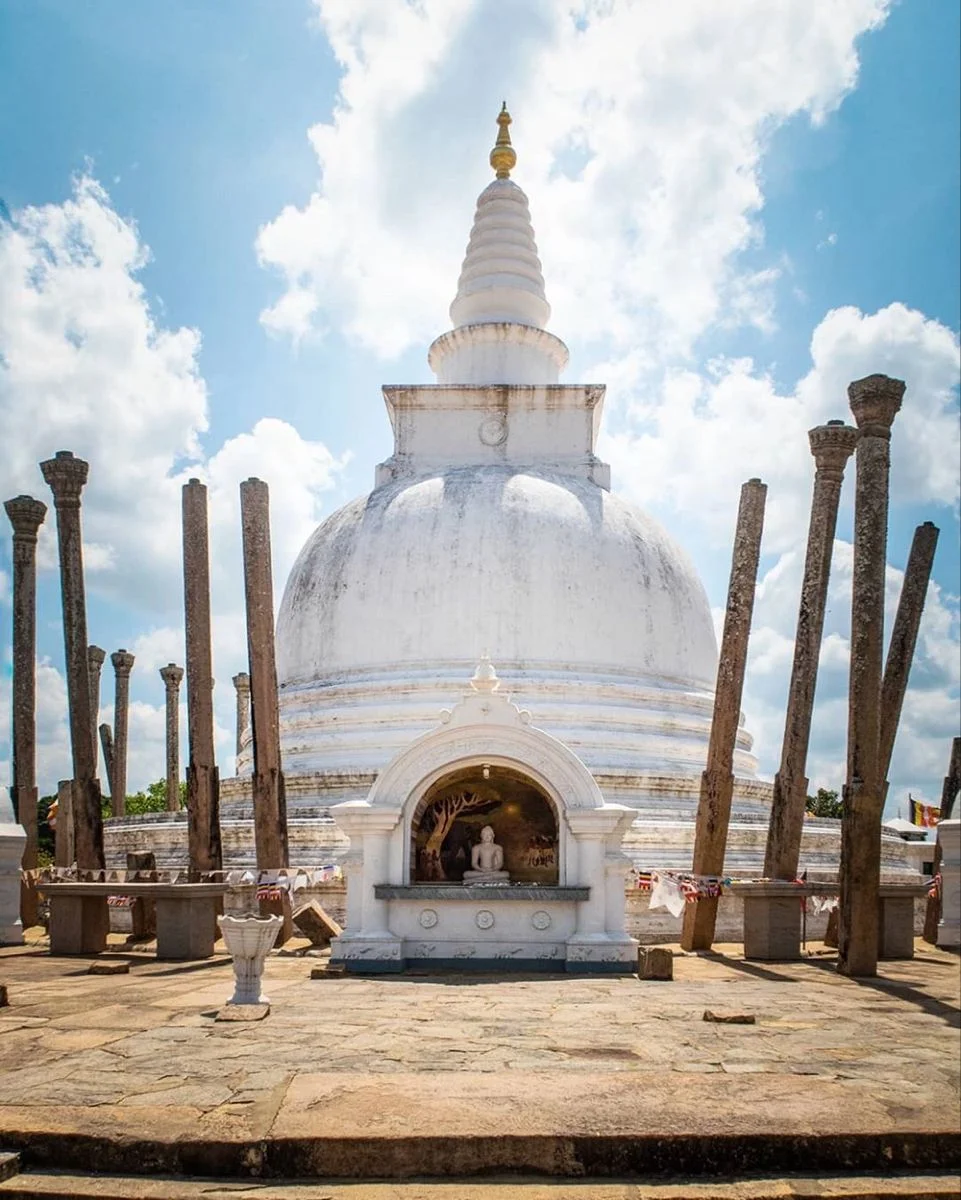
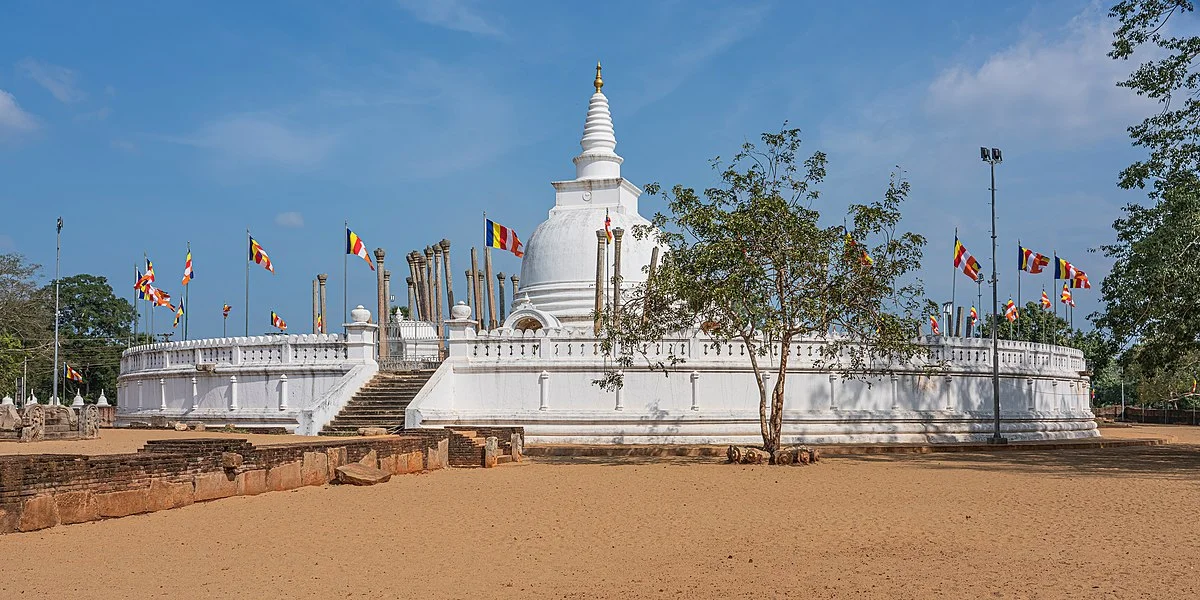
Significance of Thuparamaya
Thuparamaya is not just a historical monument but also a living testament to Sri Lanka’s deep-rooted Buddhist culture. The site serves as a reminder of the island’s ancient connections to India and the spread of Buddhism across Asia. For devotees, visiting the stupa is an act of reverence, as they offer flowers, light oil lamps, and recite prayers around the sacred structure.
The stupa is a symbol of the Buddha’s teachings, with its hemispherical shape representing the universe and the path to enlightenment. Pilgrims and visitors from around the world visit Thuparamaya to experience its tranquil environment and spiritual significance.
Architectural Marvels of Thuparamaya
Though relatively simple compared to later Sri Lankan stupas, Thuparamaya’s design reflects the quintessential features of early Buddhist architecture. The stupa is built in a vatadage style, encircled by stone pillars that once supported a wooden roof. This unique circular relic house is believed to have been constructed to protect the sacred stupa from the elements.
The stupa itself is relatively small, standing about 11 meters (36 feet) in height, but its historical and spiritual value far outweighs its size. Surrounding the stupa are intricately carved moonstones, guardstones, and balustrades that exhibit the craftsmanship of ancient Sri Lankan artisans.
What to Expect When Visiting Thuparamaya
When you visit Thuparamaya, you’ll be stepping into one of the most sacred areas of Anuradhapura’s vast temple complex. The site is open to visitors year-round, but it’s recommended to visit during the cooler hours of the day, either early morning or late afternoon, to avoid the midday heat.
As you walk around the stupa, you’ll be surrounded by the serene sounds of nature, the scent of incense, and the sight of pilgrims deep in prayer. There’s a profound sense of peace that permeates the atmosphere, making it an ideal spot for meditation or quiet reflection.
Remember to dress modestly when visiting the site. As Thuparamaya is a religious site, it’s important to cover your shoulders and knees out of respect for the local customs. Shoes must also be removed before entering the temple grounds.
How to Get to Thuparamaya
Thuparamaya is situated in the ancient city of Anuradhapura, which is about 200 kilometers (124 miles) north of Colombo, the capital of Sri Lanka. The easiest way to reach Anuradhapura is by train or bus from Colombo, both of which offer regular services.
Once you arrive in Anuradhapura, Thuparamaya is located within the Sacred City, along with other key attractions like Ruwanwelisaya, Jaya Sri Maha Bodhi, and Abhayagiri Stupa. You can easily hire a tuk-tuk or rent a bicycle to explore the area.
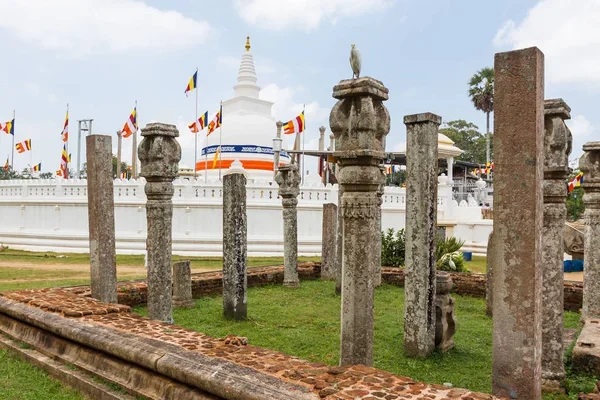
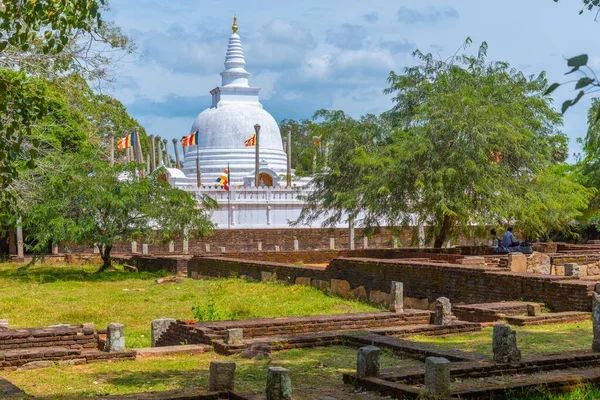
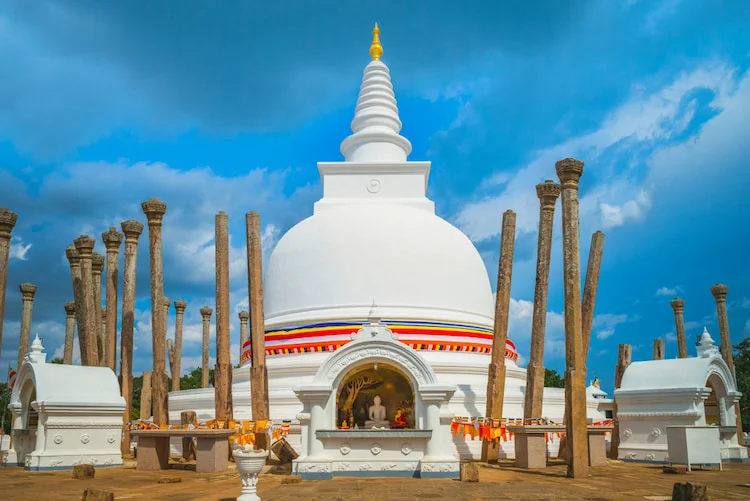
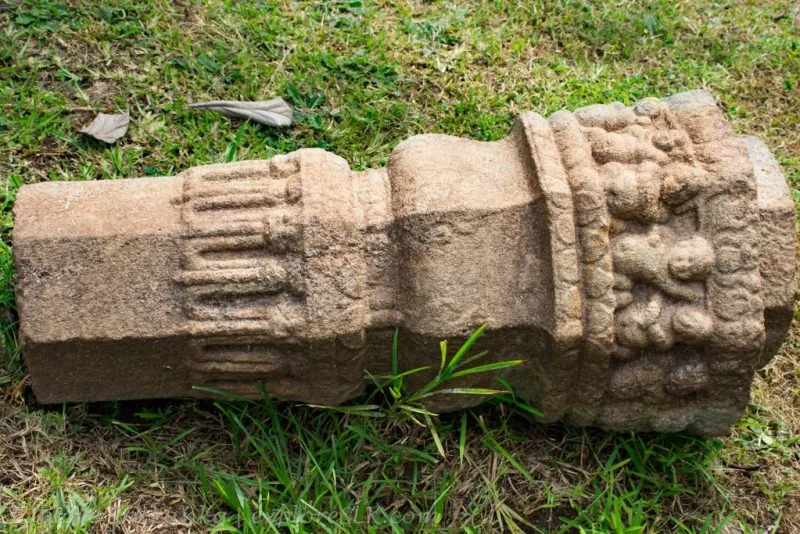
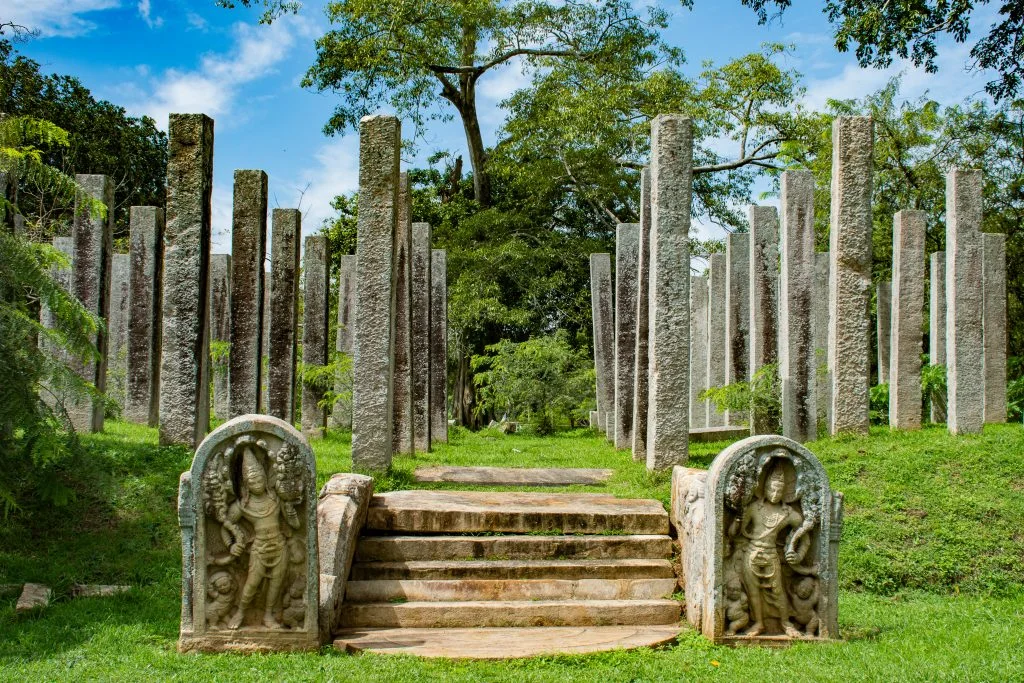
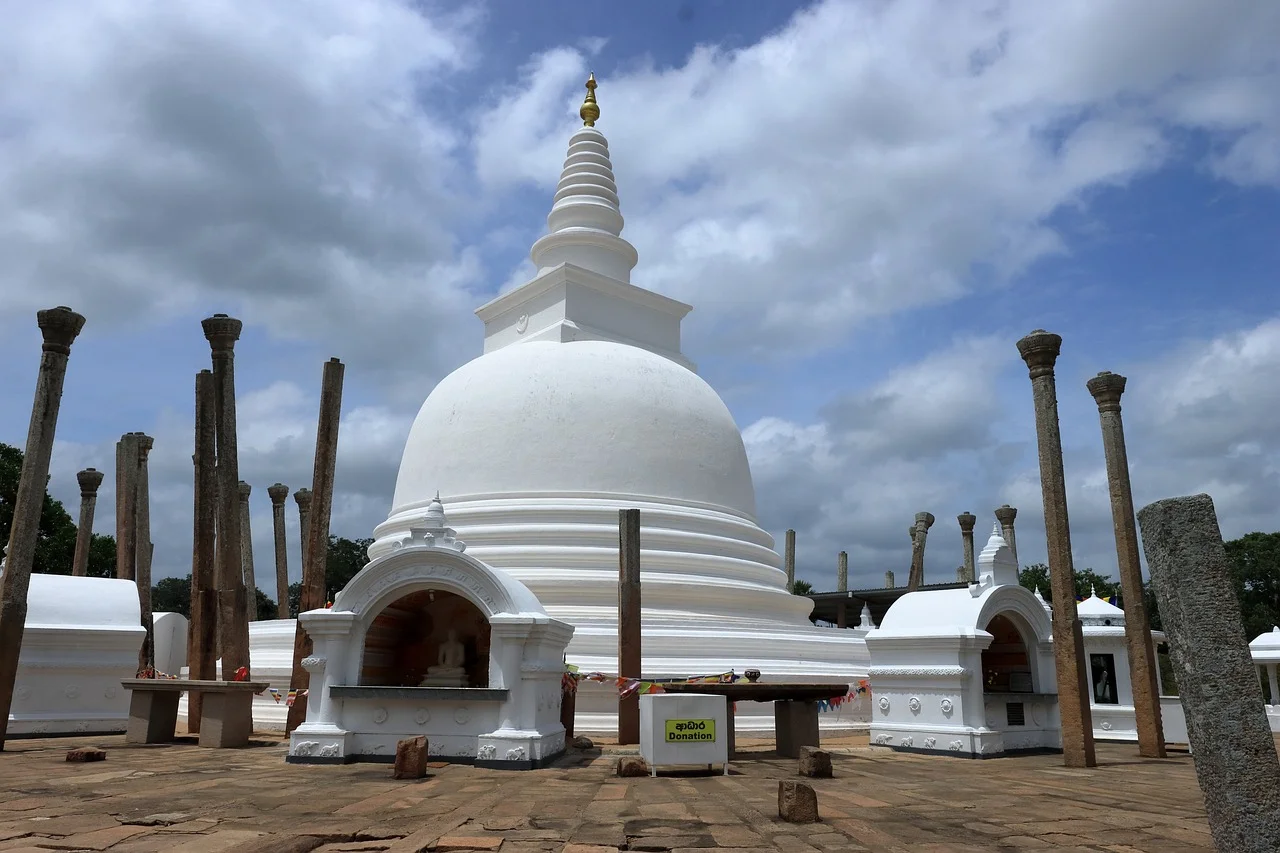
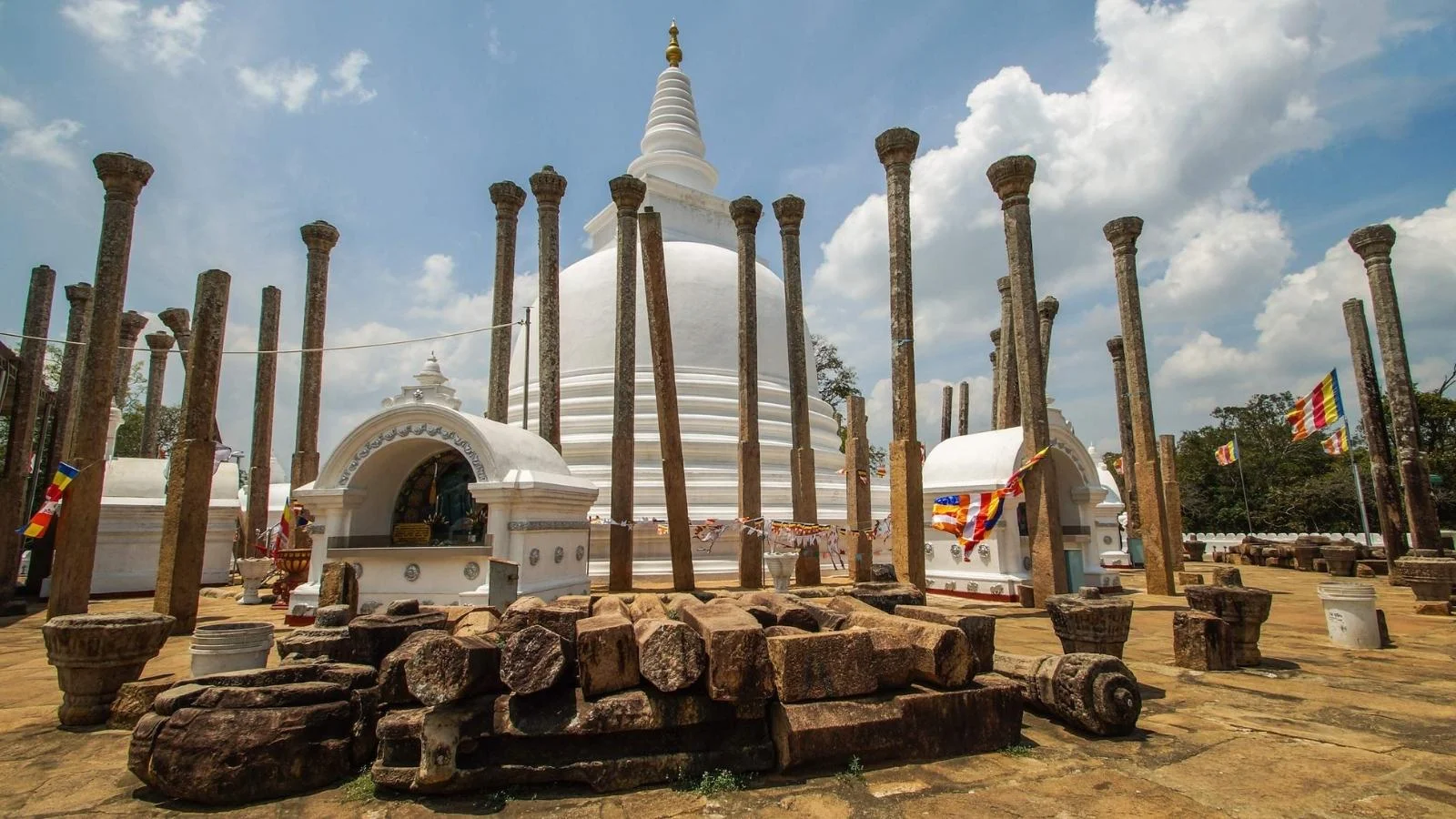
Best Time to Visit Thuparamaya
While Thuparamaya is accessible year-round, the best time to visit Anuradhapura is during the dry season from May to September. This period offers clear skies and pleasant weather, making it perfect for sightseeing. However, if you’re looking to witness the vibrant religious festivals, visiting during Vesak Poya in May or Poson Poya in June can offer a unique cultural experience, as the city comes alive with lights, decorations, and processions.
Nearby Attractions
Anuradhapura is home to several other important religious and historical sites. After visiting Thuparamaya, you may want to explore:
- Ruwanwelisaya: One of the largest stupas in Sri Lanka and a symbol of the country’s Buddhist heritage.
- Jaya Sri Maha Bodhi: A sacred fig tree believed to have been grown from a cutting of the original Bodhi tree in India, under which the Buddha attained enlightenment.
- Abhayagiri Monastery: A vast monastic complex that was once a center of learning for Buddhist monks.
Conclusion
Visiting Thuparamaya is like stepping back in time, offering a rare opportunity to connect with Sri Lanka’s ancient history and spirituality. Whether you’re a history buff, a pilgrim, or a curious traveler, Thuparamaya and its surroundings provide a rich, immersive experience that you won’t forget.
For anyone planning a trip to Sri Lanka, adding Thuparamaya, Anuradhapura, to your itinerary will offer insight into the island’s deep cultural and religious roots.
See More Tourist Places Click Here

